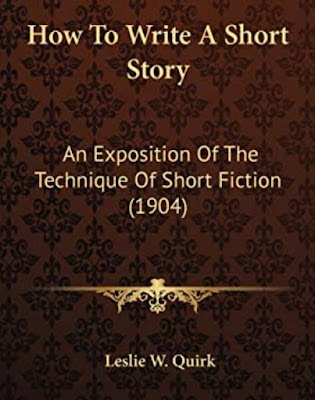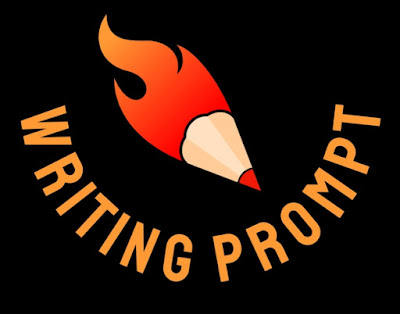CONCLUSION AND CLIMAX
by Leslie Quirk
When your story is ended, stop. Don't ramble on and tell how the man built a magnificent home and how the two turtle doves lived there for years and years. Lead your reader up to the engagement and drop the curtain abruptly on the scene of bliss. The chances are that later a flurry in stocks swallowed up all the man's wealth and that the white hands of the girl turned brown and chapped over the wash board. But if you stop at the proper place, your reader will never think of the possibility of such things.
If you tack on a remark after your story is ended, it will ruin it all. Amateurs have a habit of closing a love story something like this:
“She looked up at him, with the love light in her eyes, and said, ever so softly, ‘Yes.’ Then he put his arms around her, and drew her close, and pressed kiss after kiss on her eager lips. And finally, just at twilight, the two walked back to the village, busily planning a little cottage for the future.”
Now, properly this story ends with the word "Yes." What follows is anticlimax, and is the kind of writing that has given rise to the phrase, “sickly sentimentality.”
In the story suggested by the foregoing conclusions, all the ideas are centered on the winning of the girl's hand. Earlier in the tale, perhaps, there has been another lover, and complications and desperate moves. Everything has led up to the proposal and acceptance. All through, the reader has seen what is coming, and has hoped and feared with the hero. The conclusion of all this has been the single word, “Yes.” This, then, is the climax.
Let us look for a moment at what this climax accomplishes. First, it ends definitely the element of suspense. Secondly, it decides the destinies of the characters. Thirdly, it is the severing of all connection with the plot. Fourthly, it is a logical explanation of the cause of all the previous action. Fifthly, it is really the point of the whole story. It may be said, therefore, to fulfill all the requirements.
A climax should never drag. It should come clear and sharp, like the snap of a whip. You should then be able to finish your story before the sound has died out, before the impression it leaves has been counterbalanced by tedious and dull explanations.
The climax in what is known as the “surprise story” is invariably false. Though it may amuse, it does so through the ingenuity of the writer rather than through a logical appeal to the sensibilities. It is clever, but not artistic, to write that a man followed you home one night, and slunk in the shadows when you stopped, and that he ran toward you suddenly, at your doorstep, and you saw—only your Newfoundland dog; or that after smoking the drugged cigar, and allowing the pocketbook to slip to the floor as you became unconscious, you—suddenly awoke and found it was all a dream; or that in the middle of the night, by some intuitive process, you felt certain that some assailant near at hand was about to murder you in cold blood, and that you lay there quivering—until you fell asleep and woke the next morning to laugh over your active imagination. The climax in all these stories is false, and will not pass muster with a critical editor.
The single good point about this class is that its stories seldom deal with real tragedy. In spite of all the hue and cry for realistic fiction, it is the stories with happy endings that sell. True, the best magazines give space to tragic stories, but they do it, not because tragedy appeals to them, but because the telling is too artistic to risk rejection; in other words, the manner overbalances the matter. But these stories are written by experienced authors, whose positions are secure. The beginner should shun the sad ending.
The true story should also be avoided. Here, again, it is the conclusion that causes a good share of the trouble. In real life, it is next to impossible to find a narrative that ends as you and the editor would wish. To make it artistic at all, you must put in a generous seasoning of the untrue and transform the climax altogether.
The conclusion of any story is worthy of the very best efforts of a writer. It is really the story itself, for it embraces the climax, or culmination of the plot. Nine times out of ten, your whole story may be discovered by reading your last paragraph or two. It takes but a glance at this point to indicate its nature.
If you will keep always in mind the fact that the editor studies your conclusions to see whether the story proper is worth an examination, it is probable that you will see to it that this part has merit. It is the conclusion, remember, that leaves the taste in the reader's mouth, and makes him decide whether or not the story is worth while. If you end tritely, he will characterize your whole composition as trite; if you round off your story artistically, he will be apt to consider all that has gone before as artistic.
Excepted from How to Write a Short Story by Leslie Quirk



